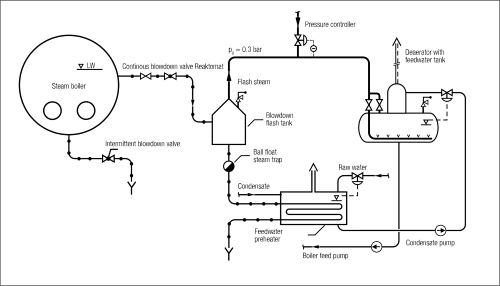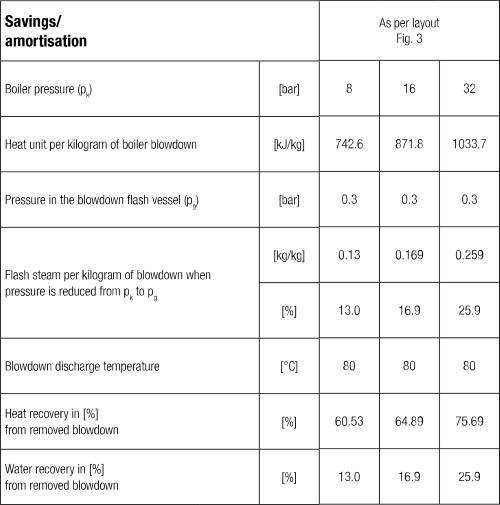How to save thousands and recoup your investment in under a year
Capturing energy from boiler blowdown
Finding ways to economise on your energy costs whilst increasing your sustainability credentials are two of the key priorities for today’s businesses. If you can do both, with reasonable investment, and see that investment recovered in a matter of months, it’s a win-win situation.
That’s exactly what could happen by examining in closer detail what’s happening in your boiler room.
All boilers see continuous evaporation as part of their normal operation. This gradually builds the number of dissolved solids inside them, which has to be kept within acceptable limits to avoid damage to the boiler.
Typically, this is achieved by boiler blowdown. There are two types of blowdown: bottom blowdown (also known as intermittent blowdown), and continuous blowdown. These literally blow through unwanted deposits from the boiler. In an industrial boiler, depending upon the feedwater quality, this can equate to 3-5% of the boiler’s capacity being drained away, with no attempt to usefully reuse the heat and water involved.
Where the amount of bottom blowdown that’s removed is relatively small (<50kg/h), the high solids content, scale, intermittent operation, and relatively small quantities involved do not make recovery a cost-effective consideration.
However, the larger volumes involved with continuous blowdown can be repurposed, leading to significant energy and water savings.
As pressurised boiling water falls to a lower pressure, it creates flash steam. This means that downstream of the blowdown valves there is both the blowdown condensate and flash steam, and it’s here where your energy savings can be harnessed.
Of course, actual energy savings and recovery are wholly dependent upon a host of variables, but even with a relatively simple circuit that takes the blowdown energy and repurposes it for another use, the amortisation could range from 4.0 to 5.3 months (based upon blowdown quantity of 300kg/h).
With more sophisticated circuits, with flash steam and some of the blowdown heat used to heat and deaerate the feedwater, annual cost savings potentially run into the tens of thousands, with only a relatively modest investment.
An example of the potential for energy recovery from boiler blowdown
In this system the flash steam and some of the blowdown heat are used to both heat and deaerate the boiler’s feedwater.

Whilst this is a more complex solution, the benefits are impressive. Taking various assumptions about blowdown outlet temperature, blowdown quantities, heat value of the fuel, and boiler efficiency, the potential savings are as follows:
Does your current system help keep your energy costs down?
Given the tremendous return on investment that’s waiting to be exploited, it makes sense to immediately look at your blowdown procedures to evaluate if you can take advantage. Our calculations do not even consider the extra savings to be gained by reducing water consumption and treatment.
To find out how you could quickly see your energy efficiency and sustainability performance improve, contact us for more detailed information on your specific situation.


